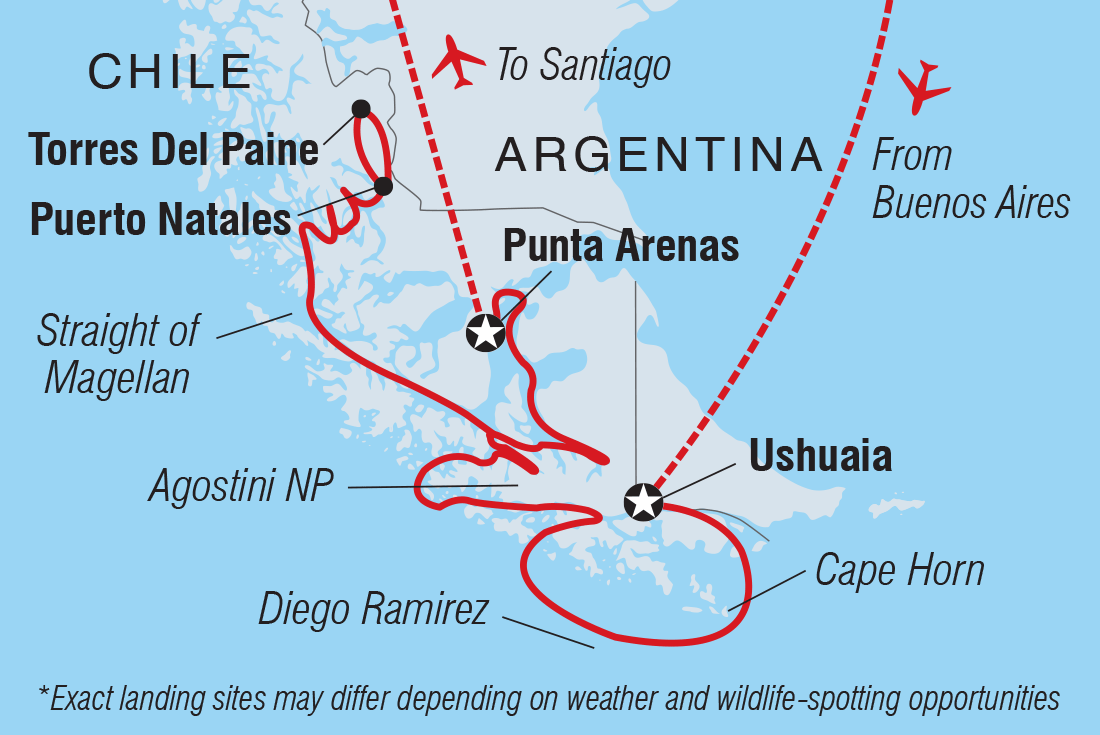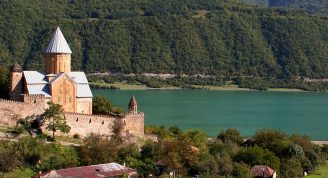Description
Most ships that leave Ushuaia head to the great white continent and back, but this one-of-a-kind edge of the world expedition takes you to the rarely visited islands of the Tierra del Fuego and Diego Ramirez, and up among a remote network of coastal fjords and channels where impressive glaciers and waterfalls tumble from the towering mountains into the icy waters below. Jump in a Zodiac to spot the area’s abundant wildlife and make landfall on the endless islands and inlets that make up the Alberto de Agostini and Torres del Paine national parks. If you’re looking for a different type of land’s end adventure, this is it.
Trip Name
Chilean Fjords and Torres del Paine from Buenos Aires
Last Updated
2022-01-30
Days
15
Capacity
200
Highlights
- Make your way to Cape Horn, the ‘edge of the earth’, and on to one of the least explored places in the world – the Diego Ramirez islands – to experience a true sense of adventure.
- Explore not one but three of the rarely visited Chilean national parks from a perspective that few get to experience.
- Zodiac excursions open up so many exploration opportunities and chances to get as close to wildlife as permitted. Get on board with a number of trips scheduled during your expedition.
- It’s not just water-based adventures on this trip. Get your dry land legs back with hikes to glacier scenic viewpoints and even a visit to a working Patagonian estancia – with a tasty barbecue too.
- With your exploration of three national parks sandwiched between a Buenos Aires beginning and a Santiago stop, you’ll get to experience the best natural and city-scapes South America has to offer.

















